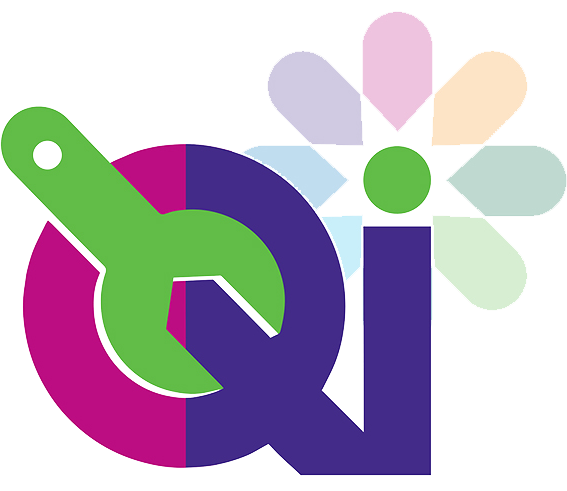Digital whiteboards have been introduced across our rapid response service in east Kent – resulting in a host of benefits for staff, their managers and patients.
The new digital whiteboards can be viewed from any Kent Community Health NHS Foundation Trust (KCHFT) computer, staff handovers are much more efficient and patient progress is easier to track. In addition only staff who need to view the information can see it, it’s easier to see trends in demand and capacity and staffing issues can be identified early and acted upon.
The new digital whiteboards have also resulted in the trust improving how it collects and analyses its Rapid Response Service data.
The quality improvement (QI) project has been led by Dan Westland, Urgent Response Clinical Lead Nurse for the Dover and Deal Rapid Response Team. He wanted to find a better version of traditional white boards.
Dan said: “This project has been a whole team effort. We had several staff engagement sessions, both locally and as clinical leads, all of whom have contributed to the project’s development.
“Those who use the whiteboards knew exactly what they wanted as a replacement. Our senior management suggested something slightly different, but those working on the frontline fed back that this wouldn’t work for them. We then worked closely with Owen Leach, a Clinical Lead in the Rapid Response Team, to develop the tool, so that it would work for both staff and managers. He has also adapted it to roll it out to others, including the Rapid Response teams in Thanet, Shepway and Canterbury.
“We wanted a nurse friendly tool, which would meet the needs of the team. For years rapid response teams have used white boards to allocate work to staff members and to assist them in staff handovers. Staff like the boards, as they are a very visual tool, however, they have significant limitations.”
The limitations noted included:
- The whiteboards are only accessible in one room
- Once something is wiped off that information is then gone
- Due to the size of a board only 10 patients could be placed on it at any time
- It was difficult to track patient progress
- Patient details and information were on boards in offices
- The senior management team was not able to view or challenge the actions on the whiteboard easily
- The handover process needed to be more efficient
- Demand and capacity was not easy to identify and track.
The QI project started in April 2019. There was a four-week trial which was so successful the digital whiteboards began to be rolled out across the rapid response service in east Kent soon afterwards.

Dan said: “Some staff were a little apprehensive at first, as they’d been using the old system for years. But the digital whiteboards looks just like a traditional whiteboard, it’s easy to use and intuitive. Staff were wary at first but once they started using them, they didn’t want to go back to the old system.”
The digital whiteboard is an Excel document, with the addition of a staff hand over tool.
The virtual whiteboard has the following advantages:
- It can be viewed from any trust approved computer
- Only staff who need to view information can see it
- Senior managers can view and easily see the current capacity
- There is no limit to the number of patients that can be added
- The summary of handovers are evidenced daily and uploaded onto KCHFT’s central information system (CIS) weekly
- It is now easier to track patient progress and follow up agreed actions
- There is no patient information visible in the office, apart from on the computer
- Any declined referrals are documented, with reasons for the decline
- Demand can be evidenced as well as capacity
- Any staffing issues are identified early and acted on sooner
- Referrals out of the service are red, amber, green (RAG) rated to aid follow up.
Dan said: “We have been using this for several months now and we have had no patient complaints in this time, no serious incidents and no Datix reports relating to information governance, staff omissions or communication failures.
“Early indications show that productivity appears to have increased from 70 per cent of the expected target level to 105 per cent. With the new digital boards it is a lot easier to identify hidden capacity. Capacity is now very visual, more so than before. We will of course continue to monitor this trend.
“The next part of the project is to roll it out fully to all rapid teams across east Kent.”
Find out more by seeing the digital whiteboards project on a page here.


